Most Star Wars games put you in command of a few brave heroes of the galactic struggle. Star Wars: Rebellion, a new board game from Fantasy Flight, puts you in command of the whole damn war.
Veteran PC gamers may remember that in 1998 Lucasarts released a strategy game called Star Wars: Rebellion, which let players choose either the Alliance or Empire and manage their war effort on a grand scale, building armies, moving fleets, destroying planets and sending characters like Luke Skywalker on daring missions behind enemy lines.
This 2016 board game is, surprisingly, not a direct relation. But it may as well be, because it doesn’t just share the same name, but practically the same design as well.
And that’s a very good thing.
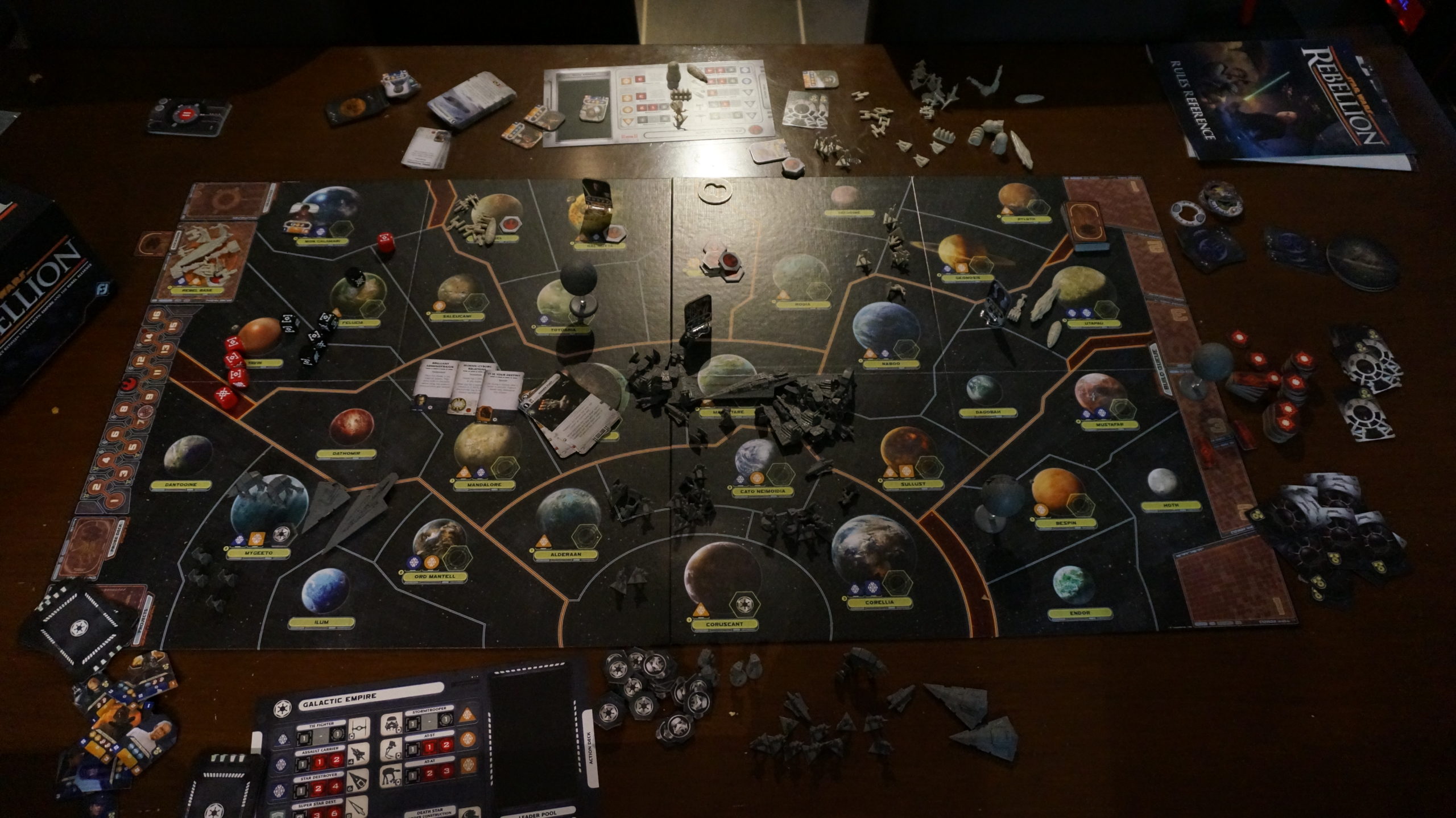
The game board in all its weird glory.
I loved 1998’s Rebellion. It was clunky and difficult to crack open, but once you tamed its unwieldy interface there was a good Star Wars game in there, one that gave you a refreshingly distant and hands-off perspective of things.
2016’s Rebellion is also a tough nut. It’s a fairly abstract game; beyond the construction and deployment of military units there’s also espionage and reconnaissance going on, and the game’s documentation is a disaster, which means you’ll spend you first two or three games scratching your head and hitting the internet for answers to questions that a starter’s guide should have provided out of the box.
But once you get your head around things, this game is great. The way my crew and I approached Rebellion is that it’s basically Risk vs Ticket to Ride, marrying the deployment and combat of the former with the secret, cumulative objectives of the latter.
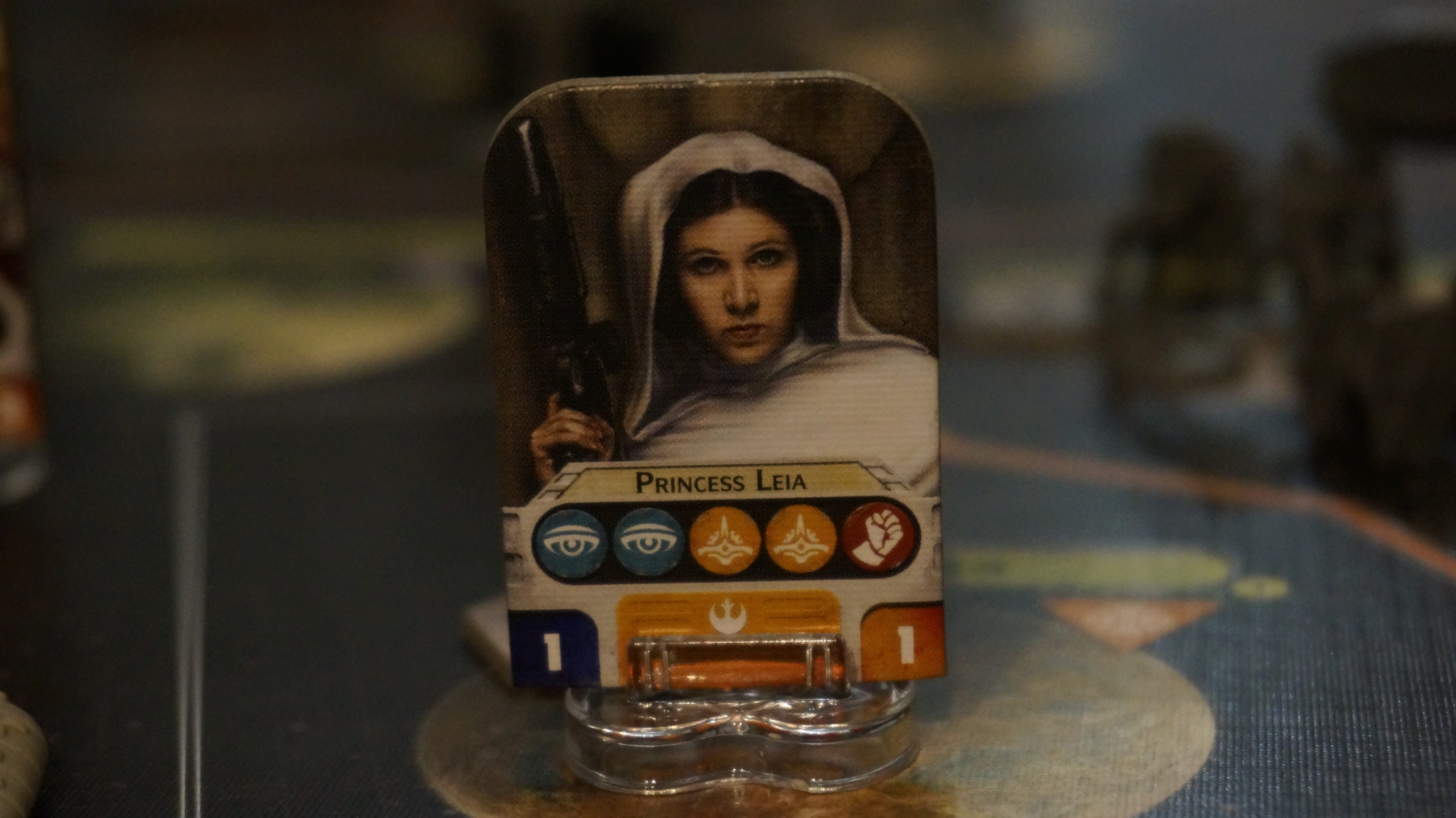
This is what the leader cards look like. The whole game runs though them; you don’t just need them to complete missions, but you can’t move regular forces without them either.
It works like this: you can play with either two or four players. One player (or pair, with duties split) is the Alliance, the other the Empire. Both have a roster of leaders able to perform special tasks, both have the ability to build and deploy military units.
But that’s where the similarities end. The Empire is able to build an enormous fleet of immensely powerful warships (and Death Stars which, yes, can blow up planets), while the Rebels can only build a relative handful. To compensate for this, the Alliance’s roster of heroes are able to perform all kinds of weird and wonderful missions, hitting the Empire where it least expects it, while the Empire’s leaders perform more mundane tasks.
Both players/sides don’t just have different strengths, they’re after very different things. The Alliance has a secret base they need to protect while also skipping across the galaxy gathering support for their cause, which can be aided by completing secret objectives that the Imperial player doesn’t know about. The Empire, meanwhile, has to scour every system searching for that Rebel base, and once they find it, destroy it.
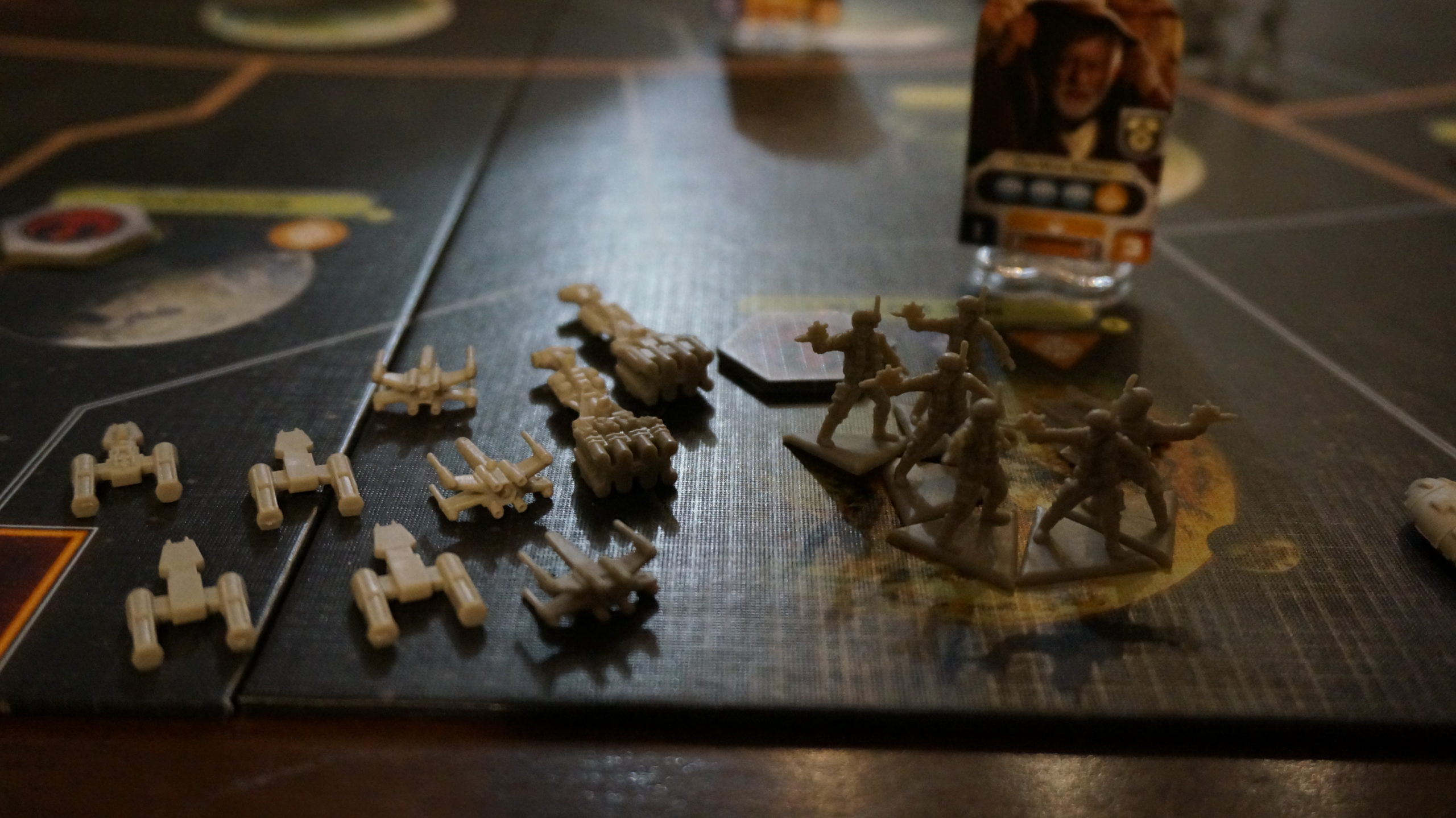
A fun part of playing as the Rebels is the cloak-and-daggers nature of the Empire’s hunt for your base. In this game, I’d fortified this system and my Imperial opponent took the bait, assuming it was my base. Nope, it was actually a remote system on the other side of the map, which he never found.
It’s a very cool design choice, one that’s unlike most other Star Wars strategy games, which for balance reasons usually makes both sides far more comparable. It means that every game of Rebellion really feels like the struggle at the heart of the movies; the out-gunned Rebels are constantly being harried, forced to rely on the brave actions of a few select heroes, while the Empire — while ridiculously powerful in conventional terms — has to fire at needles in haystacks.
Another thing I liked about the way the game’s victory paths are setup is that Rebellion is constantly in flux. This isn’t a game where one side will slowly overrun another until victory becomes inevitable. It’s a game where even if the Rebels are getting their arse kicked from one end of the galaxy to another, they’re still very much in contention so long as their base is secret and their best heroes are in play, since the game runs on a timer which essentially grants victory to the Alliance if they survive long enough (though you’ll need to complete objectives to hurry things along in the face of the Empire’s constant searching for your secret base).
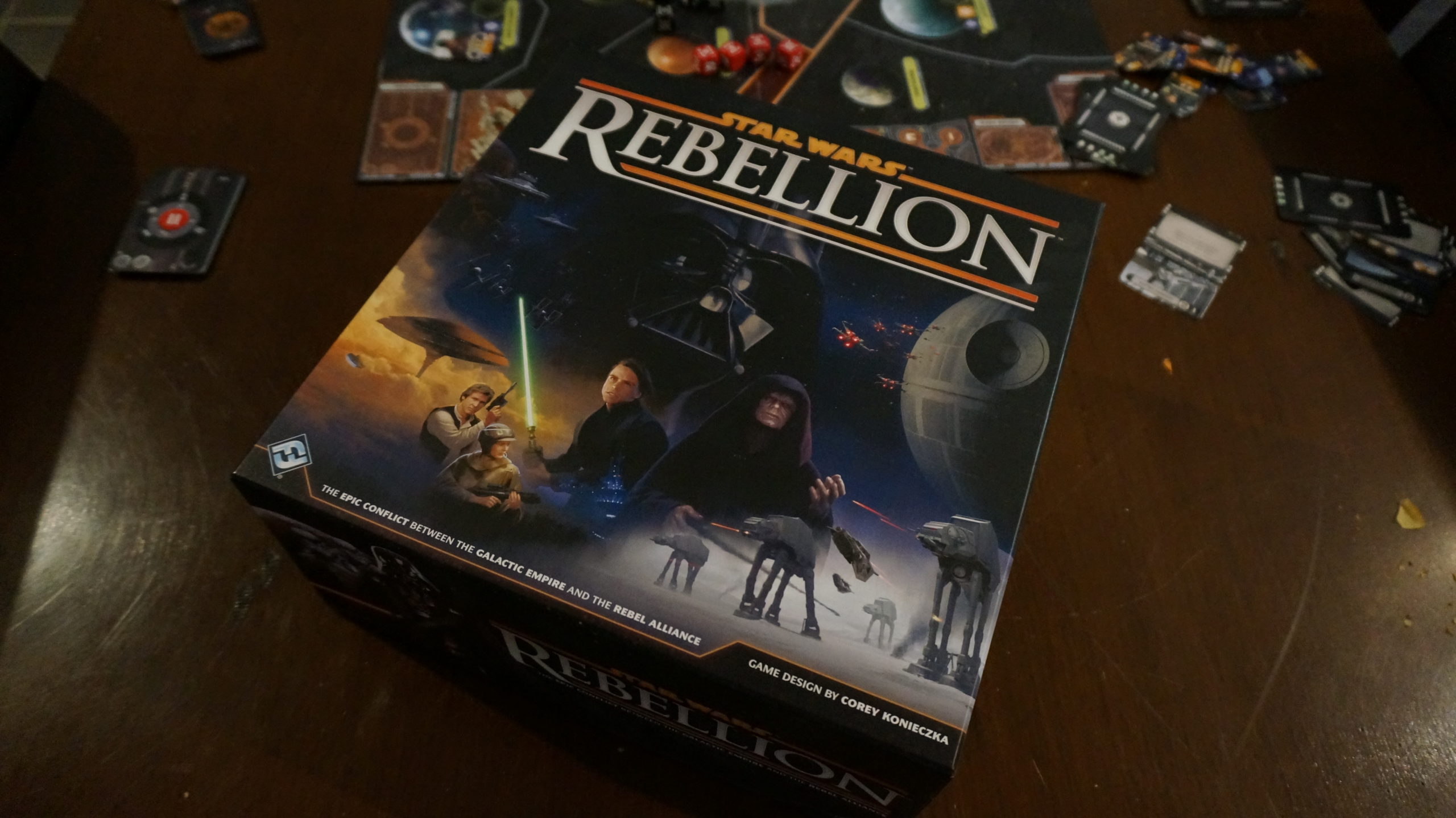
It’s a very big box. All the better to hold the millions of awesome little plastic units that come with the game.
For all its neat tricks, though, Rebellion isn’t without its problems. As already stated, the two manuals included in the game are a wreck, so you’re going to struggle initially to get even the basics of the game working properly. And while it’s cool having so many different things to do, from combat to construction to secret objectives to sending out probe droids, at times it can feel like it’s a bit too much, and the endgame can drag a little, especially if there’s a lot of combat going on.
Stick with it, though, and you’ll be rewarded. With its complex rules and disparate playstyles Rebellion isn’t for everyone, but if you’ve ever wanted to cut your teeth on a Star Wars game with a bit more meat on it than Fantasy Flight’s more recent offerings, I’d definitely recommend this.
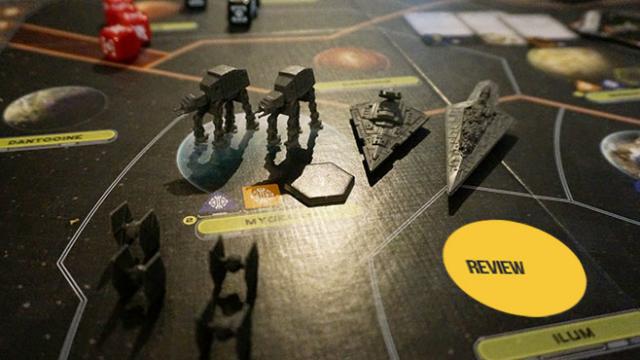
Comments
5 responses to “Star Wars: Rebellion: The Kotaku Review”
This game does look seriously awesome – it’s definately on the “i really want it but wouldn’t have anyone to play it with or the time to play it”, along with Forbidden Stars
How long does a game last for with this one?
The pictures look a bit dark – needs some better lighting in that room.
Maybe its meant to show the Dark Side ( I kid, pics are crap)
Got a bit excited when I read the headline. New Star Wars Rebellion Game! I always wanted a sequel to that game, I sunk many, many hours into that as a kid.
Wait, boardgame? WTH?
Couldn’t they come up with a new name at least?
I really don’t get why fantasy flight games have such horrific manuals, particularly as they are handling such an accessible franchise. I played Imperial assault recently, an we had to trawl forums to get a decent explanation of how the dice worked, you know, the dice that were the core component of the game. It is sad, because once you finally find a kindly forum post that explains the game they are genuinely fun. Just unfortunate that they think all their players are 50 year old hardcore table top geeks.